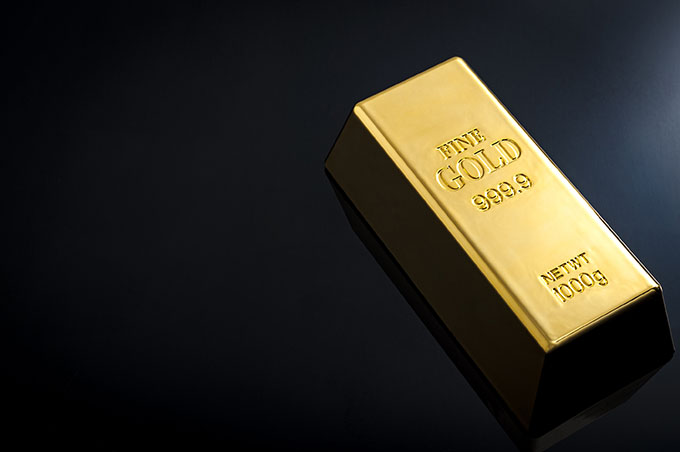Investors should consider buying gold from every downward level, with the psychological level of $2,000 per ounce serving as a significant barrier between trends. The recent increase in the gold price to $2088 per ounce marks the best daily performance in three months, driven by factors such as a weakening US dollar and declining Treasury yields. Weak US economic data, including a slowdown in the manufacturing sector and minimal inflation growth, have also contributed to the positive trend in gold prices.
Despite concerns about the economy and the timing of US interest rate cuts, the latest earnings season has provided enough reasons for investors to continue investing in the stock market. Companies have posted strong results, with corporate America finishing the year surprisingly strong. In contrast, European companies have lagged behind their American counterparts due to struggling regional economies and a disappointing recovery in China.
Looking ahead, global macroeconomic models and analyst expectations predict that gold will trade at $2100 per ounce by the end of the quarter and reach $2134.44 in 12 months. It is important to note that economic data results and statements from central bank officials will continue to impact the performance of the gold price.
In conclusion, while the stock market continues to show resilience, buying gold at strategic levels remains a solid investment strategy for diversifying a portfolio. Investors should closely monitor economic indicators and central bank decisions to make informed decisions about trading gold.









